First of all, common plastic packaging: this kind of packaging is cheap, easy to process, and the production and shaping is also better. Most of the resin packages used in skin care products are difficult to react with the contents of the products, but some of the resin packages will use some fillers. Some skin care products may dissolve these fillers, so that the color and aroma of skin care products will change.
Metal packaging: similar to aluminium, etc. Metal packaging is sensitive to various oxidation and corrosion. To avoid these problems, some metal packaging will add corrosion inhibitors and use inner coating on the inner wall of the container. The composite sandwich material can be made or used.
Composite sandwich material: This is the main packaging form of toothpaste. When packing toothpaste-like products, the plastic can not be folded. When the pressure disappears, the plastic will rebound and the air will be sucked into the tube. It is not friendly for some products to be preserved, while the aluminium clad tube will change this kind of problem.
 Glass: Glass is the most stable and does not react with the product (except some alkali contents). However, transparent glass does not filter ultraviolet light, and light will cause damage to some products such as color and flavor. In order to improve these problems, UV absorbents can be used in content or filter coatings can be used in containers.
Glass: Glass is the most stable and does not react with the product (except some alkali contents). However, transparent glass does not filter ultraviolet light, and light will cause damage to some products such as color and flavor. In order to improve these problems, UV absorbents can be used in content or filter coatings can be used in containers.
Before the use of a package, a more stringent seller will carry out a series of tests, or will evaluate and review the package, whether such products can be used, suitable or not. For example, Vaseline can easily cause the expansion of resin materials such as low density polyethylene, high density polyethylene and polypropylene, which may lead to product deformation, damage, water precipitation and so on. Some products on the market seem to be totally indifferent to such things. I have seen Vaseline packed in polypropylene resin. Some people in the evaluation questioned packaging inflation and sellers made excuses for hot expansion and cold contraction. This is also one of the reasons why we should keep away from the "three nothings". Sellers may not know these at all, and they can't explain why.
Such tests as weightlessness tests: test whether the package retains moisture. Record the initial weight of the packaged product, place the packaged device in the accelerated test thermostat, store it for a predetermined time, and weigh it again. Weight difference indicates water loss.
Physical testing: By simulating the product "lifetime" may encounter situations, such as high temperature, cold, etc., to test whether the packaging will be deformed, chapped, leaked.
Leaching experiment: Put the product and the packaging fragments in the glass bottle together, seal the system, store it at high temperature, keep the predetermined time, determine the change of product color, PH and properties, and judge whether the content will change.
Air tightness test: Check the sealing of the package is intact, whether it will leak.
Formula stability test: The products and packages were put into different accelerated temperature test boxes at the same time, and the changes of physical and chemical properties with time were recorded. Test water vapor loss, flavor loss, color change and so on.
In fact, this kind of experiment is not complicated. The stability of the package is also very important for the "lifetime" of cosmetics. Regular manufacturers in cosmetics before leaving the factory, will also do a series of factory testing, in general, this aspect we do not have to worry about.
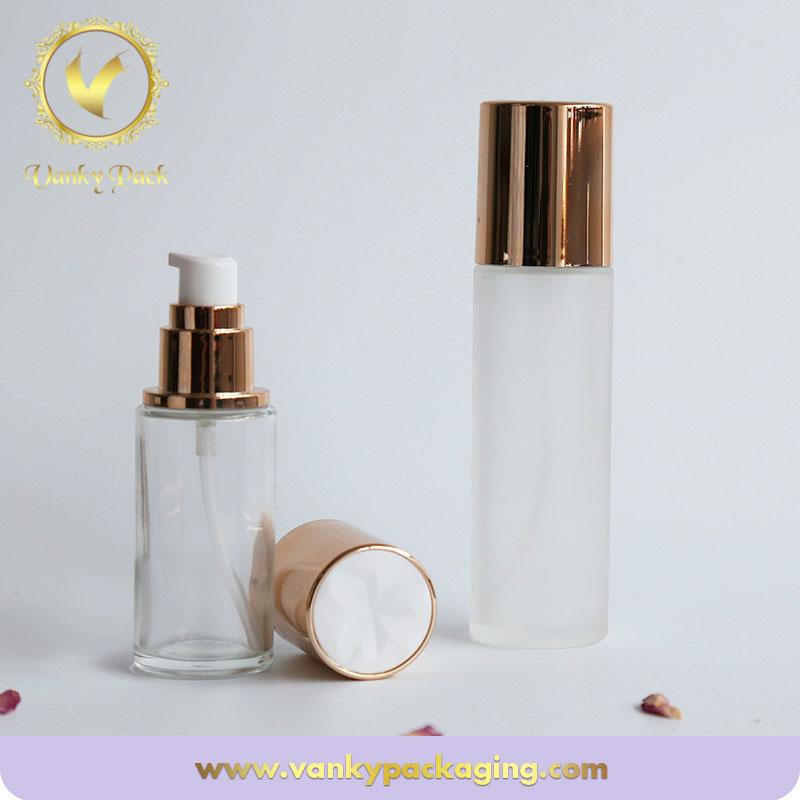 2017 New Design 50ml 100ml Black Glass Bottle,Glass Jar,Free Samples...
View More
2017 New Design 50ml 100ml Black Glass Bottle,Glass Jar,Free Samples...
View More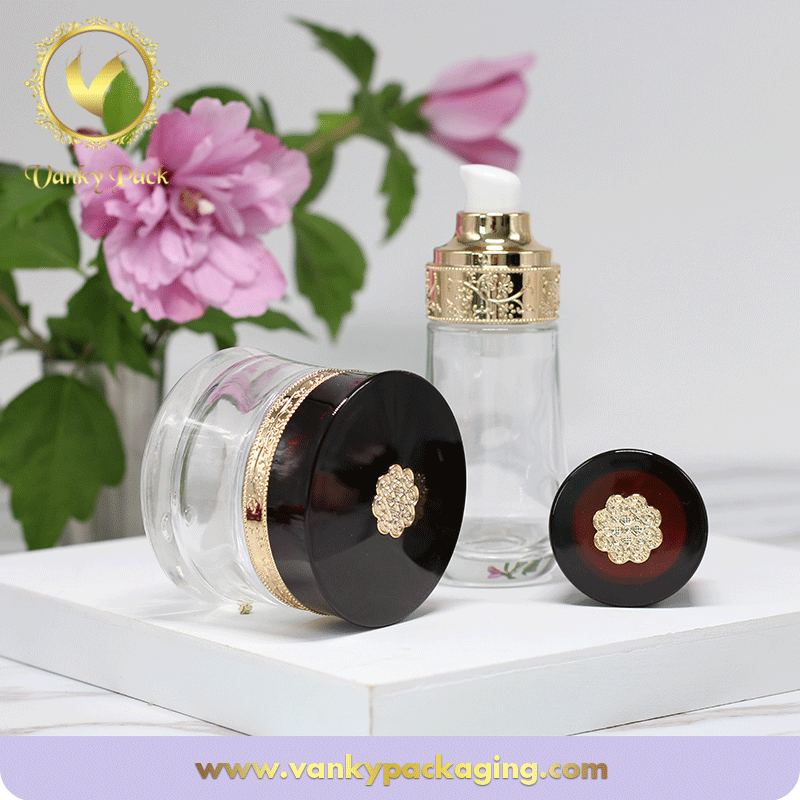 Cosmetic Lotion Bottle with Royal Style Press Pump And Cap Packaging
View More
Cosmetic Lotion Bottle with Royal Style Press Pump And Cap Packaging
View More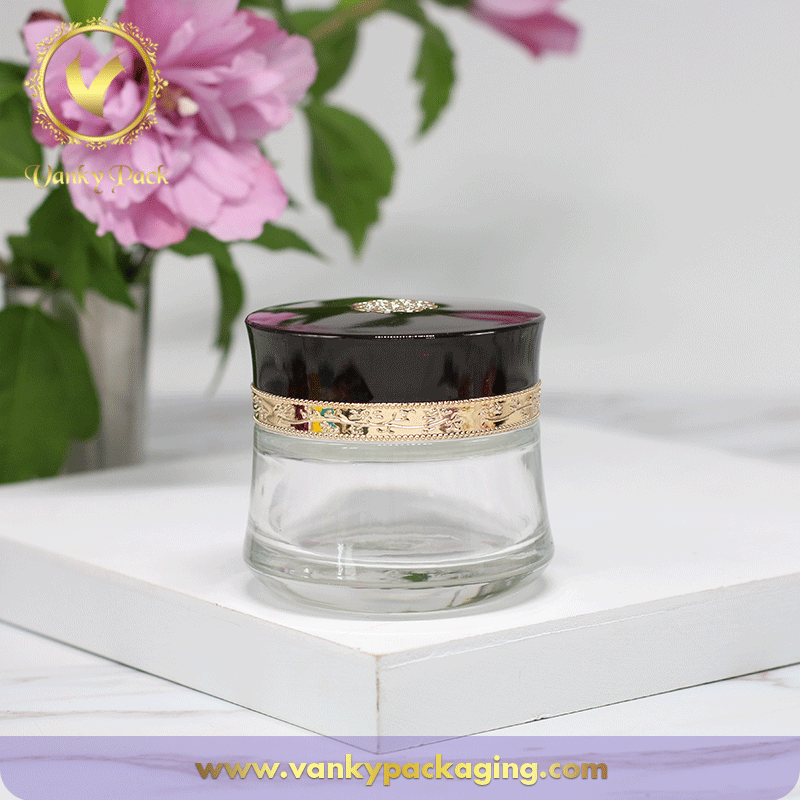 Top Sale Royal Style 50g Clear Glass Face Cream Cosmetic Jar with Sp...
View More
Top Sale Royal Style 50g Clear Glass Face Cream Cosmetic Jar with Sp...
View More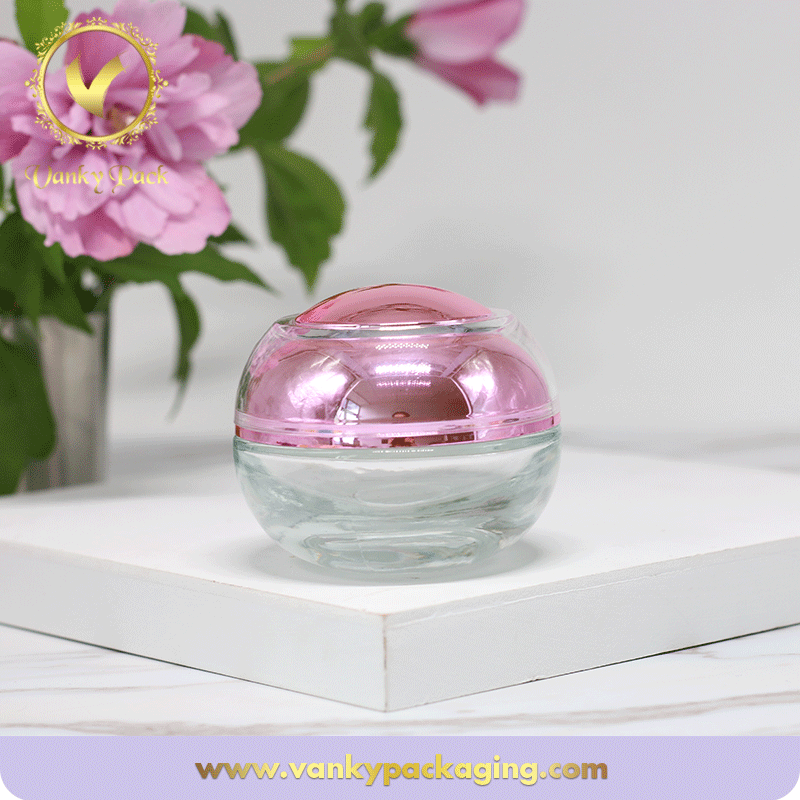 High Quality 50g Glass Cosmetic Cream Jar With Clear Top and UV Insi...
View More
High Quality 50g Glass Cosmetic Cream Jar With Clear Top and UV Insi...
View More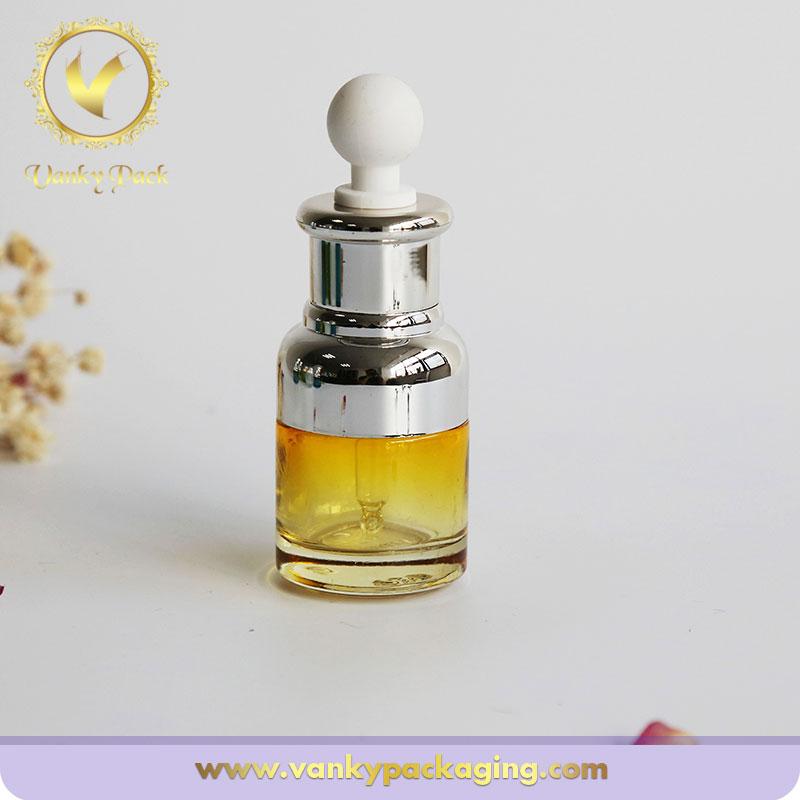 2017 Hot Sale 100ml Lotion Bottle with Pump 40ml Cream Bottle 50G Cr...
View More
2017 Hot Sale 100ml Lotion Bottle with Pump 40ml Cream Bottle 50G Cr...
View More
